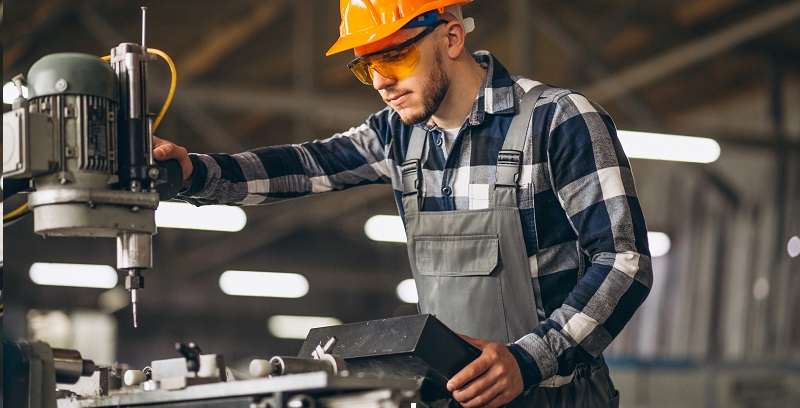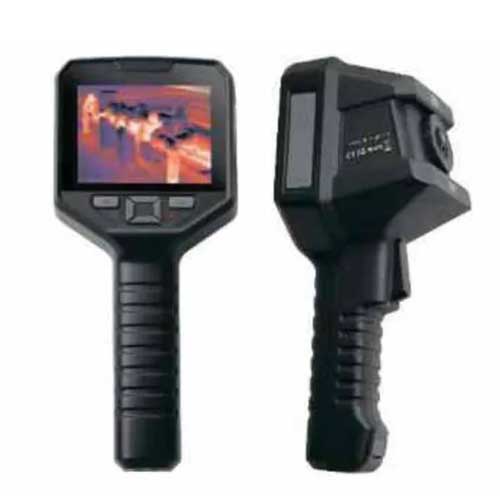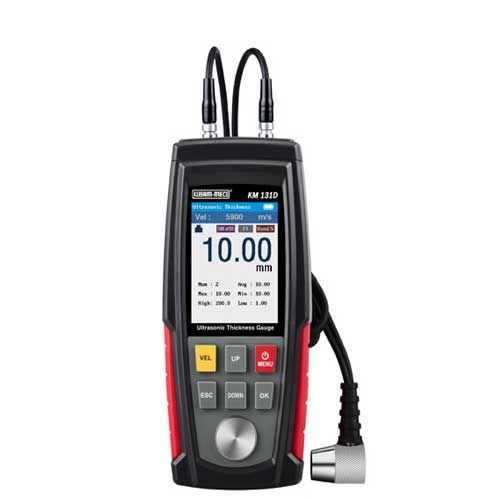Schedule a Call Back
Copper industry received a major boost since GST
 Interviews
Interviews- Dec 01,17

The Government of India has undertaken initiatives such as digitalization, Housing for All, Make in India, electrification of vehicles, renewable energy capacity target of 175 GW, etc. These initiatives, according to Sanjeev Ranjan, Managing Director of International Copper Association India, are expected to play a crucial role in boosting demand for copper in the country. Ranjan has more than 28 years of cross functional experience in related domains like manufacturing, mining and metals, oil and gas, energy and infrastructure. In this interview with IPF, Sanjeev Ranjan analysis the potential of copper industry and the key demand drivers.
What is the present status of copper industry in India (in terms of mining, production, consumption & exports)? What is driving consumption?
Since 2000, India’s domestic copper consumption has registered a very healthy growth rate, which is in-line with the GDP growth witnessed by India during the same period. As per our estimates, the copper consumption in India grew at CAGR of 5% from 2006 to 2015 to reach 1 million tonnes in FY16.
However, India’s per capita copper consumption is around 0.80 kg whereas the world average is 3.7 kg, indicates clearly that there is a huge potential for growth. Domestic refined copper in FY16 was 430,000 tonnes as compared to 400,000 tonnes in FY15 registering a healthy y-o-y growth of 7.5%. As per the mining ministry, this sector has grown tremendously in the past few years, with an annual compounded growth of 25% when it comes to imports.
Globally, as well as in India, electrical sector is the biggest user of copper amounting to more than 50% of total copper usage. However, India lags behind the global averages when it comes to use of copper in power cable. Globally, around 51% of the power cable market uses copper cables while on the other hand the share of copper cable in the power cable market in India is at a miniscule 8%.
With automation & Industry 4.0 gaining traction in India, do you this will help is boosting consumption?
Automation and orchestration are becoming high priorities for the Indian government and a major reason for the same is emerging market population moving to the cities. Copper demand has surged in recent years due to urbanisation and the need for new residential housing, transportation infrastructure. Wires and cables are integral components of electrical & power, infrastructure, real estate and IT industries which are key for the development of the ‘100 Smart Cities’ in India.
Growth emphasis will be on specific government backed verticals such as communications, healthcare, education and manufacturing to accelerate digital evolution. Other initiatives such as Housing for All, Make in India, electrification of vehicles and renewable energy capacity target of 175 GW will play a crucial role to boost demand for copper in the coming years.
What are the key challenges before the copper industry?
Absence of quality marking and lack of enforcement of standards & codes are definitely the major downers for the copper industry in India. In addition, one has to realise the mining is unpredictable. The decline in grade has inflated processing cost while impure content has posed new challenges for smelters. The average cycle to transform copper from its core to final product is 100 days, which makes the business highly working capital intensive.
The major concern for the industry is the unregistered secondary copper market that ensues the central government a loss of Rs 500 crore every year owing to non-payment of taxes. According to a report by the association, there are over 1,000 copper scrap processing units in the country, of which over 750 are unregistered.
How is GST effecting (negatively or positively) the industry?
The copper industry received a major boost since the implementation of GST. It has not only simplified the tax structure and improved the ease of doing business, but also brought efficiency and has been proving beneficial to both industries as well as end-consumers.
Though still in its early days, the new GST regime is likely to benefit the lighting as well as electrical sector significantly through an overall reduction in tax rates. Hence, not much of variation is observed for the end consumer. Although the manufacturers using electrical machinery will, benefit from the availability of input tax credit on the services used which was not available under VAT.
In terms of technology adoption, how has been the response of copper products manufacturers?
Technological shift has taken place in the manufacturing of induction motor rotors that were traditionally manufactured by die casting aluminum around a stack of steel laminations. Thus, forming the rotor bars and end rings. While copper rotors result in better efficiency and maintenance, it wasn’t widely applied because it was challenging to die-cast copper due to its higher melting point.
With research and innovative techniques along with improvements in die materials and through process control, manufacturers have solved the casting issues.
Usage of copper offers a range of options to the motor designers. Not only the efficiency of the motor can be improved in an unchanged rotor size, but also the rotor size can be reduced while maintaining the original efficiency, thus reducing the cost for the manufacturers and end consumers.
This event has met with a lot of success resulting in copper rotors now used commercially by various motors manufacturers.
Which are the new segments that offers potential growth opportunity for copper industry?
Many analysts are labelling copper as ‘The metal of the future’.
Copper demand will proliferate due to battery electric vehicles. India and many countries in the world plan to reduce (and even ban) fossil fuel vehicles. Thus, demand for copper from battery electric vehicles will increase. Also, because copper is a highly efficient conduit, it is used in renewable energy systems to generate power from solar, hydro, thermal and wind energy across the world. Copper helps reduce CO2 emissions and lowers the amount energy needed to produce electricity. MicroGroove small diameter copper tube is set to be the game-changer in the electrical appliances and air-conditioning category. Small tube copper is economical and eco-friendly, which had proven cost effective copper fabrication processes and familiar assembly techniques that assists suppliers and manufacturers to produce economical, efficient commercial and residential air conditioning and refrigeration products.
What are key focus areas of ICA India?
ICA India is committed to defend and grow markets for copper based on its superior technical performance and its contribution to a better quality of life. Some of the key areas where we focus our efforts on are energy security, electrical safety, standardisation, certification & quality control of distribution transformers etc.
ICA India is closely working with various industry players by promoting new technology, knowledge sharing and best practices.
ICA India is actively engaged with Bureau of Indian Standards (BIS) on 9 technical committees including rotating machinery, transformers, electrical installations, renewable energy, and power quality for up-gradation and harmonization of Indian Standards for matching global levels.
Your outlook for copper industry in India
Overall, copper usage in India in 2016 was around 1 million tonnes. Of this, 45% was achieved through domestic primary producers, 26% through imports of refined copper and copper semis, 13% as part of imports of finished products using copper and around 20% through secondary copper.
Increasing middle income group in India (nearly 470 million people) is leading to rising purchasing power. The government envisages investing $ 1 trillion in infrastructure in the 12th Five Year Plan (2012-2017). Similarly, the government has announced initiatives such as Make in India and Smart Cities, and plans electrification of vehicles by 2030.
All these factors are expected to result in a surge in copper consumption in India.
Related Stories

Bharat FIH shuts R&D and supply chain subsidiary amid revenue decline
In 2021, Bharat FIH had established two subsidiaries—Bharat Taiwan Corporation and Rising Stars Hi-Tech—to enhance research, product development, and engineering capabilities.
Read more
Schaeffler to lay off 4,700 jobs amid challenges in Europe’s auto sector
Overall, the job cuts will affect around 3.1% of Schaeffler's workforce of 120,000, which increased after its merger with electric powertrain specialist Vitesco.
Read more
Six industries drive over half of India’s formal manufacturing GVA: NSO
In FY23, industries such as basic metals, chemical products, refined petroleum, motor vehicles, pharmaceuticals, and food products collectively contributed 52.6% to the manufacturing GVA.
Read moreRelated Products

Kusam-meco Ir Thermal Imaging Camera
Kusam Electrical Industries Ltd offers a wide range of Kusam-Meco IR thermal imaging camera - Model KM 308 / KM 309.

Kusam-Meco Ultrasonic Thickness Gauge Model
Kusam
Electrical Industries Ltd offers a wide range of “Kusam-Meco†ultrasonic thickness gauge
model-KM 131D.

Eri's Smart Modular I/O Card
Electronics Relays (India) Pvt Ltd, offers a wide range of ERI’S smart modular I/O card.











